Solution Manuals For Comprehensive Assurance & Systems Tool (CAST), 4th Edition Laura R. Ingraham
$25.00 & Free Shipping
ISBN-13: 9780134790985 4th edition | Published by Pearson (June 14th 2018) – Copyright © 2019
Free shipping on orders over $50!
- Satisfaction Guaranteed
- No Hassle Refunds
- Secure Payments
Description
Table of Contents
Manual Module
- The Manual Accounting Information System
- Transaction Set A
- Chart of Accounts
- Price List
- Supporting Documents
- General Journal
- Sales Register
- Cash Receipts Journal
- Purchases Journal
- Cash Disbursements Journal
- Payroll Journal
- Accounts Receivable Subsidiary Ledger
- Perpetual Inventory Subsidiary Ledger
- Accounts Payable Subsidiary Ledger
- Employee Payroll Subsidiary Ledger
- Fixed Asset Subsidiary Ledger
- General Ledger
- Transaction Set B
- Transaction Set C
Computerized Module
Spreadsheet Applications Using Microsoft® Excel 2016
- Learning Objectives
- Background
- Download the File
- Protecting the Data
- Formula Auditing
- Data Integrity
- Simple Data Analysis
- What-If Analysis
- Information Needs
- Macros
- More Advanced Macros
- Database Functions
- Introduction to PivotTable Reports
- Detail in Reporting
- Flexible Budgeting Using PivotTables
- Creating Charts From PivotTables
- Wrap-Up
General Ledger Applications Using Sage 50® 2018
- Learning Objectives
- Requirements
- Setting Up a New Company
- Setting Up the General Ledger
- Setting Up Beginning Account Balances
- Setting Up User Security
- Setting Up Accounts Receivable
- Setting Up Accounts Payable
- Setting Up Inventory
- Setting Up Payroll
- Entering Transactions
- Transaction Set A
- Month-End Procedures
- Year-End Procedures
- Transaction Set B
- Transaction Set C
Database Applications Using Microsoft® Access 2016
- Learning Objectives
- Background
- Requirements
- Creating a New Database and New Table
- Creating a Form
- Ensuring Sequential Integrity
- Creating Relations
- Integrating Forms within Forms
- Creating a Query
- Creating a Report
- Summary
Assurance Module
- Client Acceptance
- Understanding the Business Environment
- Identification of Audit Tests for the Expenditure Cycle
- Selection of Audit Tests and Risk Assessment for the Expenditure Cycle
- Performance of Audit Tests for the Revenue Cycle
- Completing the Audit

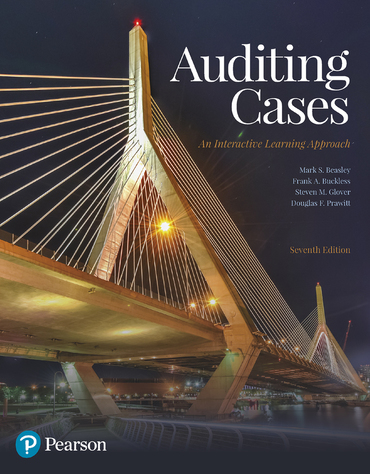

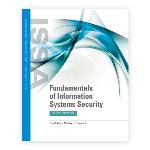
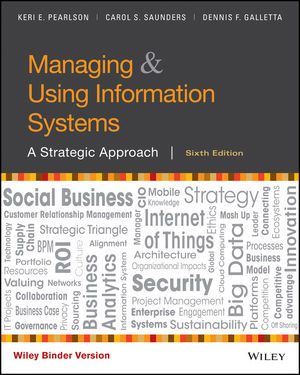

 Test Bank for America A Narrative History Brief Eleventh High School Edition by David E Shi
Test Bank for America A Narrative History Brief Eleventh High School Edition by David E Shi 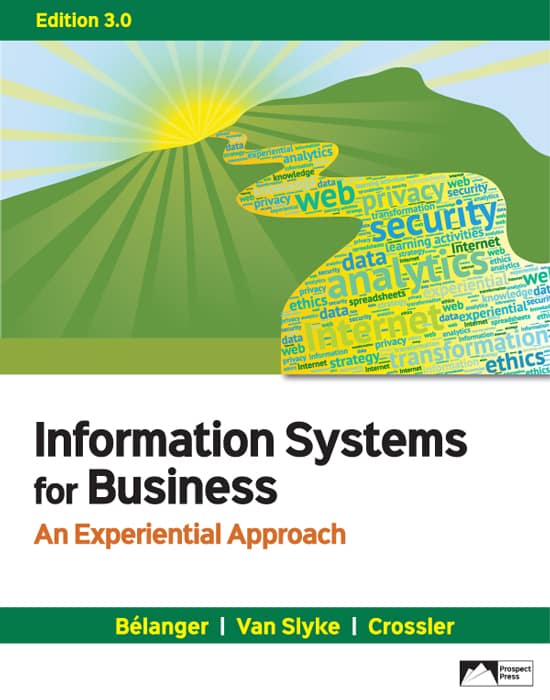 Instructor Manuals For Information Systems for Business An Experiential Approach 3.0 Edition By France Bélanger
Instructor Manuals For Information Systems for Business An Experiential Approach 3.0 Edition By France Bélanger 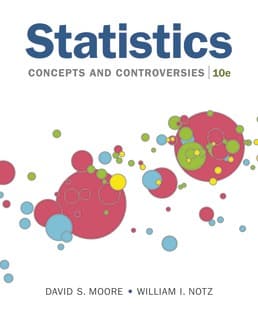 Test Bank For Statistics: Concepts and Controversies Tenth Edition
Test Bank For Statistics: Concepts and Controversies Tenth Edition  Test Bank For Information Systems for Business An Experiential Approach 4.0 Edition France Bélanger
Test Bank For Information Systems for Business An Experiential Approach 4.0 Edition France Bélanger 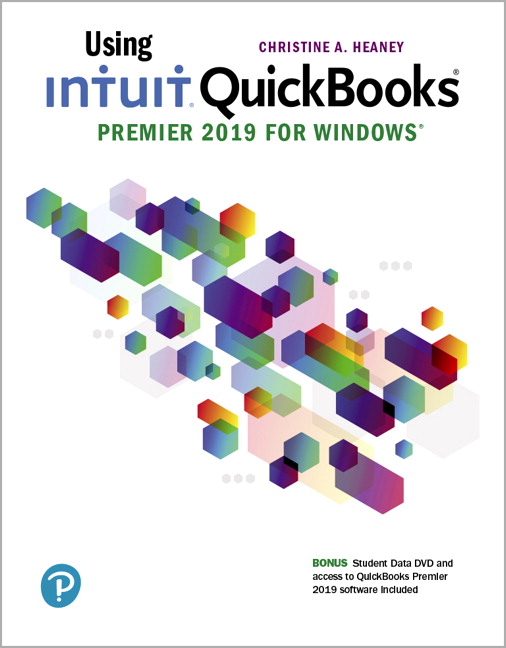 Solution Manuals For Using Intuit QuickBooks Premier 2019 for Windows Christine Heaney
Solution Manuals For Using Intuit QuickBooks Premier 2019 for Windows Christine Heaney